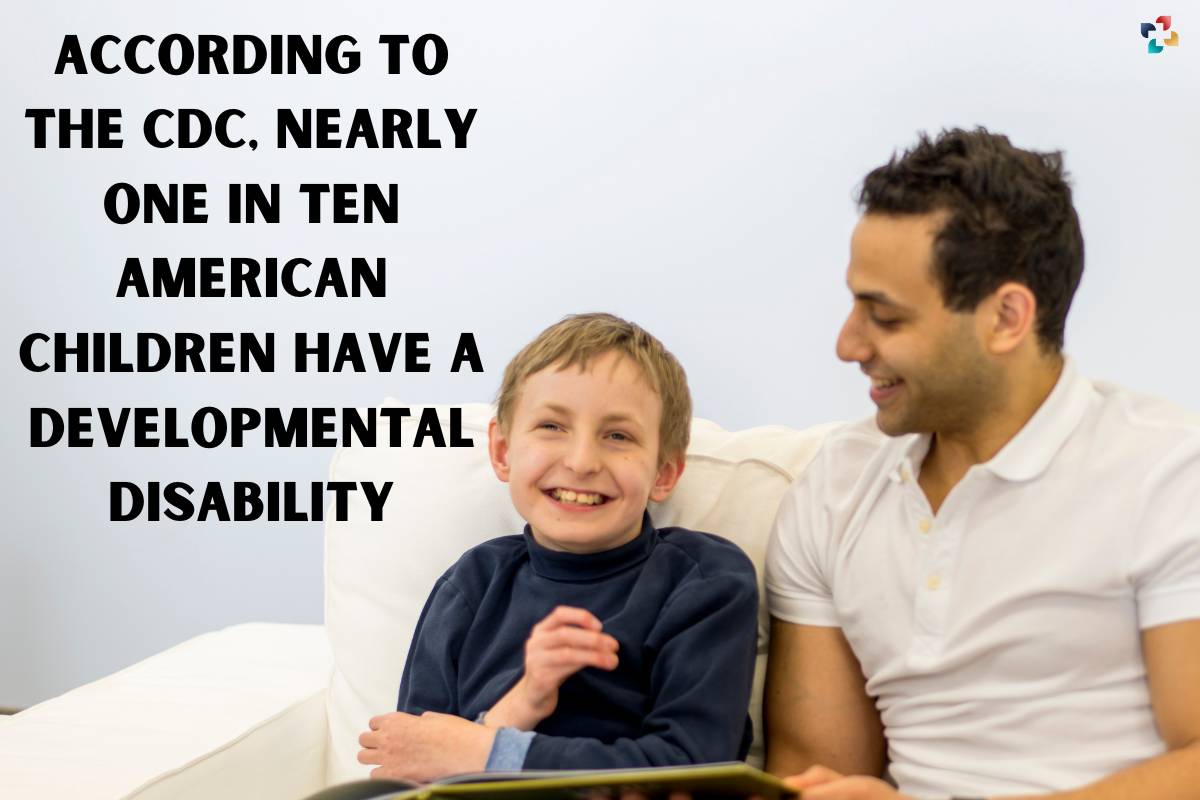According to a new report from the Centres for Disease Control and Prevention, the percentage of American children who have ever been diagnosed with a developmental disability increased again in 2021, and now more than 1 in 10 boys have intellectual disabilities, autism spectrum disorders, or another developmental disability.
As of 2021, 8.56 percent of children aged 3 to 17 had ever received a developmental disability, according to the most recent findings from the agency’s continuing National Health Interview Survey. CDC statistician and lead author of the new report Benjamin Zablotsky stated, “We’re interested in understanding the prevalence of these conditions in the population so that we can ensure we have adequate services available for families and children who need them.”
An earlier study that looked at trends from 2009 to 2017 discovered that increases were mostly caused by an increase in the diagnosis of ADHD, autism, and intellectual disability.
The centre hasn’t produced a report on this subject before this one on Thursday. Rates of developmental disability or autism spectrum disorder did not rise statistically significantly between 2019 and 2021. According to the research, 3.05% of youngsters had autism and 1.65% of them had an intellectual handicap.
Parents stating that they had been informed that their kid had a “other developmental disability” was the only category to show a significant rise. This category can encompass a variety of additional problems, such as cerebral palsy or difficulties with word formation. From 5.08% of children in 2019 to 6.06% in 2021, that group grew.
What is a Developmental Disability?
“Developmental delays are frequently transient diagnoses that could progress to something like autism or, possibly, an intellectual handicap. Children do, however, frequently outgrow those, according to Zablotsky.
The survey attempt has deleted earlier questions that focused on the exact prevalence of some less frequent illnesses, like cerebral palsy. “Our centre does not want to release estimates we can’t stand behind,” said Zablotsky. “When we are deciding what questions to include in the survey, if you don’t get enough of a sample back, meaning the prevalence is pretty low, you can’t then look at any estimates in subgroups because they’re unreliable.”
As opposed to boys (10.76%), girls (5.31%) continued to have much lower rates of developmental impairments. Asian children had the lowest prevalence of developmental disability, at 4.85% of children in this category. Between children of Hispanic, Black, and White descent, there were no appreciable differences.
A Sign Of Development?
Since many other nations are now diagnosing more children with delays, the prevalence of developmental disorders in American youngsters has been rising. Every time these national surveys measure it, it seems to be rising, according to Maureen Durkin, chair of the Department of Population Health Sciences at the University of Wisconsin-Madison.
After earlier NCHS estimates tracked an increase from 2009 to 2017, pointing to advancements in paediatric diagnosis and living longer, Durkin wrote a commentary in 2019.
“In that regard, it can be a positive development and a sign of growth. However, it still raises a long list of issues that we must address in order to reduce impairment and enhance overall results, according to Durkin. She mentioned advancements in infant care as well as a rise in the life expectancy for kids with illnesses like Down syndrome. Along with attempts by doctors and health authorities to screen everyone, services and outreach for diagnoses and treatment have increased in recent decades.
In order to promote early interventions that can increase the likelihood that children will overcome developmental delays, the CDC has recommended parents to “Learn the Signs” and “Act Early” for monitoring whether children are reaching important developmental milestones. According to the NCHS estimates for 2016, white children no longer had the highest rate of autism diagnosis among all racial and ethnic groups. For 2021, Black children had the highest rates, with no other racial or ethnic group showing any appreciable variation.
In the past ten years, there has been “almost a sea change in that,” according to Durkin, a main investigator for the CDC’s Autism Disabilities Monitoring Network in Wisconsin. This group recently discovered that White children have a lower prevalence of autism than Black, Hispanic, Asian, or Pacific Islander children across their network of health and school records in numerous locations.
“For every time before, there was this persistent disparity, with higher prevalence in White children, and in high socioeconomic status communities, which is unlike any other developmental disability,” claimed Durkin.
According to Durkin, families in less advantaged and affluent regions confront a number of risk factors for developmental disorders, like as lead exposure and premature birth. “The increased occurrence makes logical, and it suggests things we should do to prevent it. But I believe we under-identified autism for a time, said Durkin.











